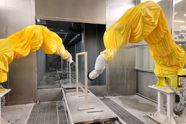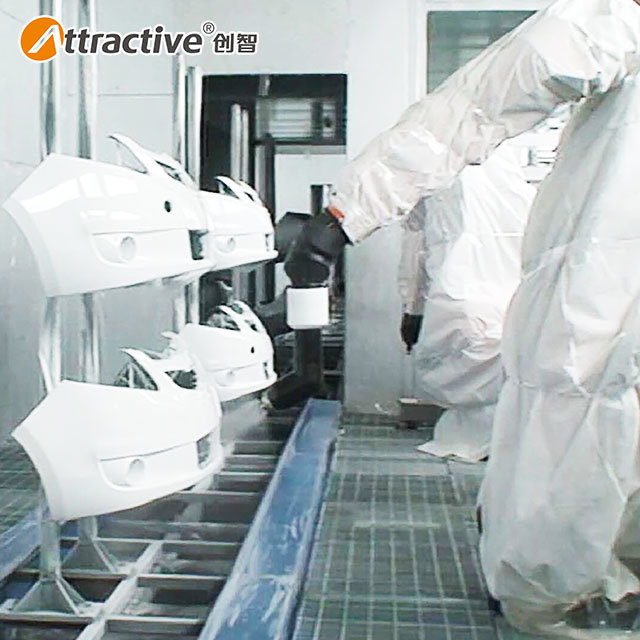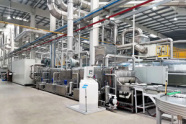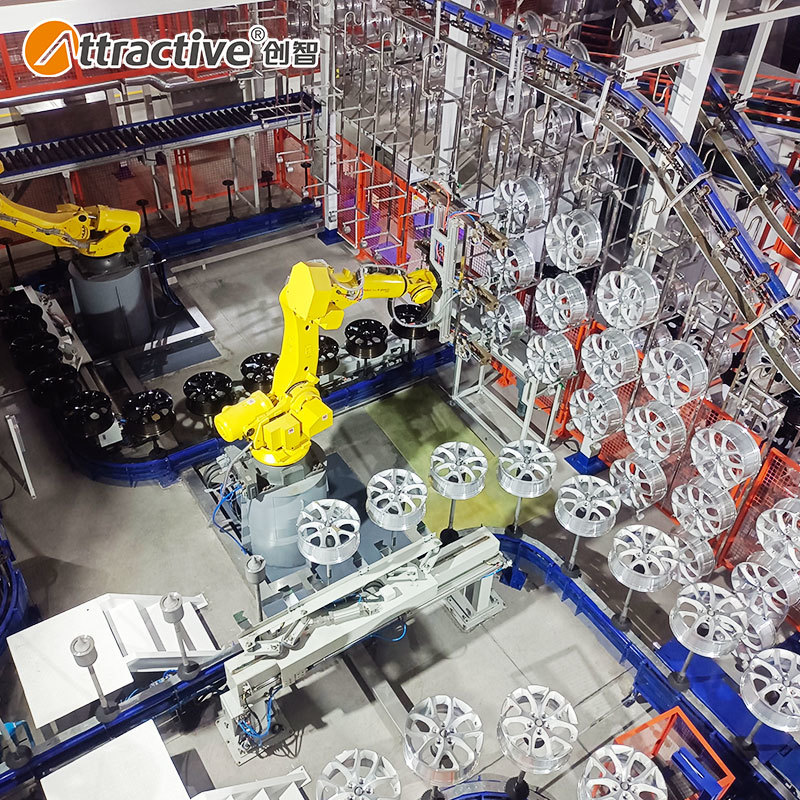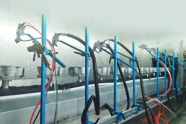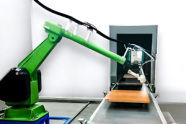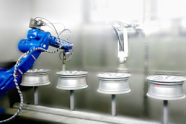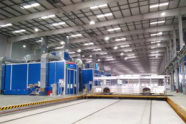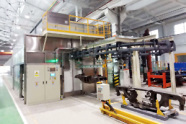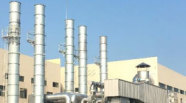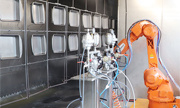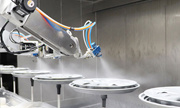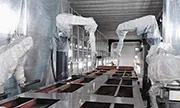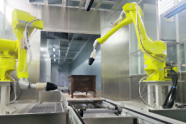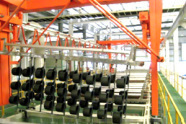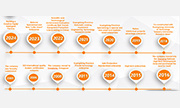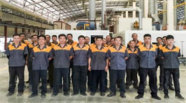Related News
18
2025
-
04
How to Solve Coating Line VOCs Challenges? 3 Technologies for Compliance & Cost Savings
Author:
Chuangzhi Coating
“Our factory was fined $70,000 last month for VOCs exceed the standard.”
“Clients demand carbon footprint reports to keep orders.”
These scenarios reflect real struggles in coating industries. As environmental regulations tighten, coating line VOCs control has become a survival imperative. New technologies now enable compliance and cost efficiency simultaneously.
I. Why Traditional Methods Fail?
1. Stricter Standards
China’s Air Pollution Control Law: Non-methane hydrocarbons ≤50mg/m³ by 2024 (30mg/m³ in key regions).
EU CBAM: Carbon tax on product lifecycles, including VOCs treatment energy use, effective 2026.
2. Limitations of Old Technologies
| Method | Principle | Flaws |
|---|---|---|
| Activated Carbon | Adsorb VOCs | Frequent replacement (1-3 months), high disposal costs |
| Plasma | Break down organics | Low efficiency (60%-80%), high energy use |
| Biofilters | Microbial degradation | Large footprint, struggles with high concentrations |
| Direct Incineration | Burn at high temps | Soaring fuel costs (natural gas +40%) |
3. Hidden Costs
Environmental tax: 450/ton of VOCs emissions.
Non-compliant firms banned from government tenders (e.g., automotive, rail projects).
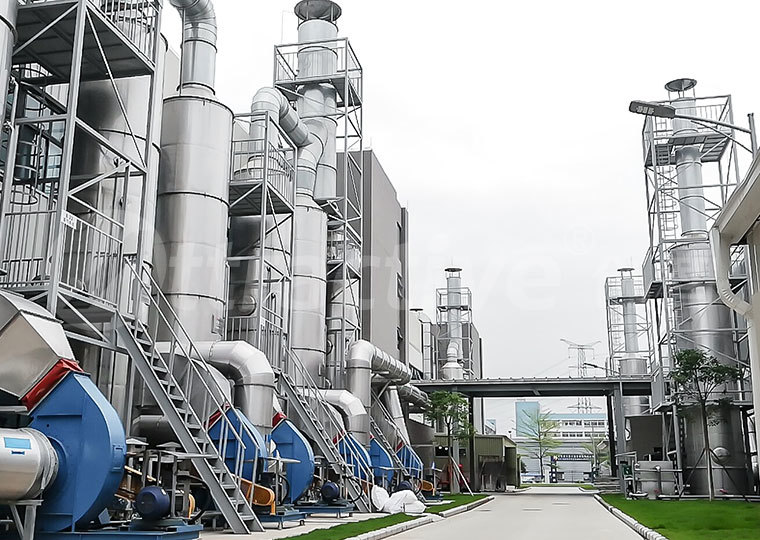
II. 3 Proven Solutions
1. Zeolite Rotor + RTO – For High-Concentration VOCs
How It Works:
Concentration: Zeolite wheels concentrate VOCs 10-30x.
Destruction: Concentrated gas is burned at 850°C in RTO.
Heat Recovery: Reuse thermal energy, cutting gas use 70%.
Case: An appliance plant reduced emissions from 80mg/m³ to 12mg/m³, saving $250K/year in fuel.
2. Activated Carbon + Catalytic Oxidation – Affordable for SMEs
Best For: Batch production with fluctuating VOCs (e.g., furniture).
Features:
Auto-switching carbon beds extend lifespan to 2+ years.
Catalytic combustion at 200-300°C needs no external fuel.
Case: A hardware factory achieved 91% VOCs removal, saving $63K/year in taxes.
3. Bioenzyme Purification – Green Choice for Clean Rooms
Innovations:
Enzymes break VOCs into water/harmless substances.
Operates at 30-50°C, using 1/5 the energy of RTO.
Users: Medical devices, food packaging industries.

III. Choosing the Right Technology
| Enterprise Type | Recommended Tech | Investment | ROI Period |
|---|---|---|---|
| Large continuous | Zeolite Rotor + RTO | 420K−1.1M | 2-3 years |
| SME batch production | Activated Carbon + CO | 70K−280K | 1.5-2 years |
| Cleanrooms | Bioenzyme | 112K−420K | 2-3 years |
Tips:
Avoid “cheap” RTOs – inefficient units double operating costs.
Choose modular designs for future expansions (e.g., solar power).
IV. Future Trends
Solar-Powered RTOs: Cut carbon footprint 60% with rooftop PV.
AI Predictive Maintenance: Reduce upkeep costs 40% via sensor analytics.
VOCs Resource Recovery: Extract toluene/xylene for chemical reuse.
Act Now for Competitive Advantage
VOCs control isn’t a cost—it’s an opportunity. The right solution ensures compliance while attracting premium clients.


